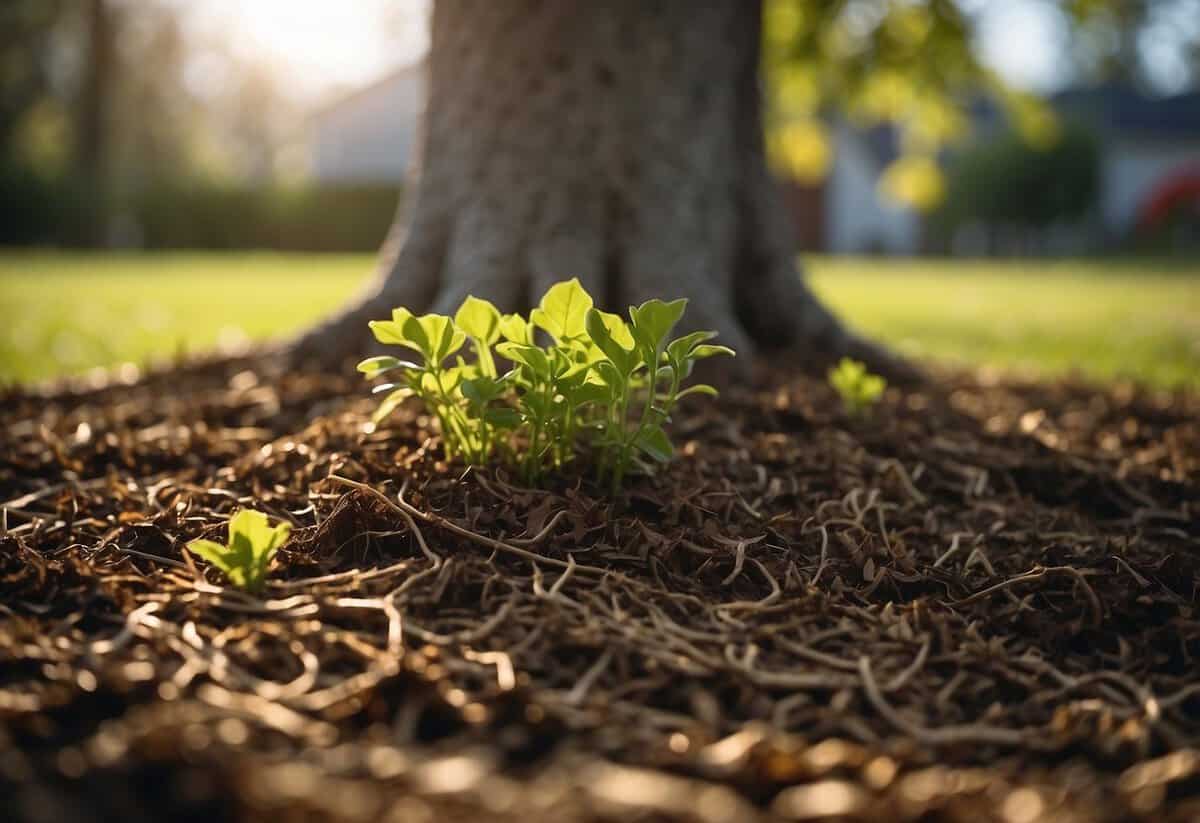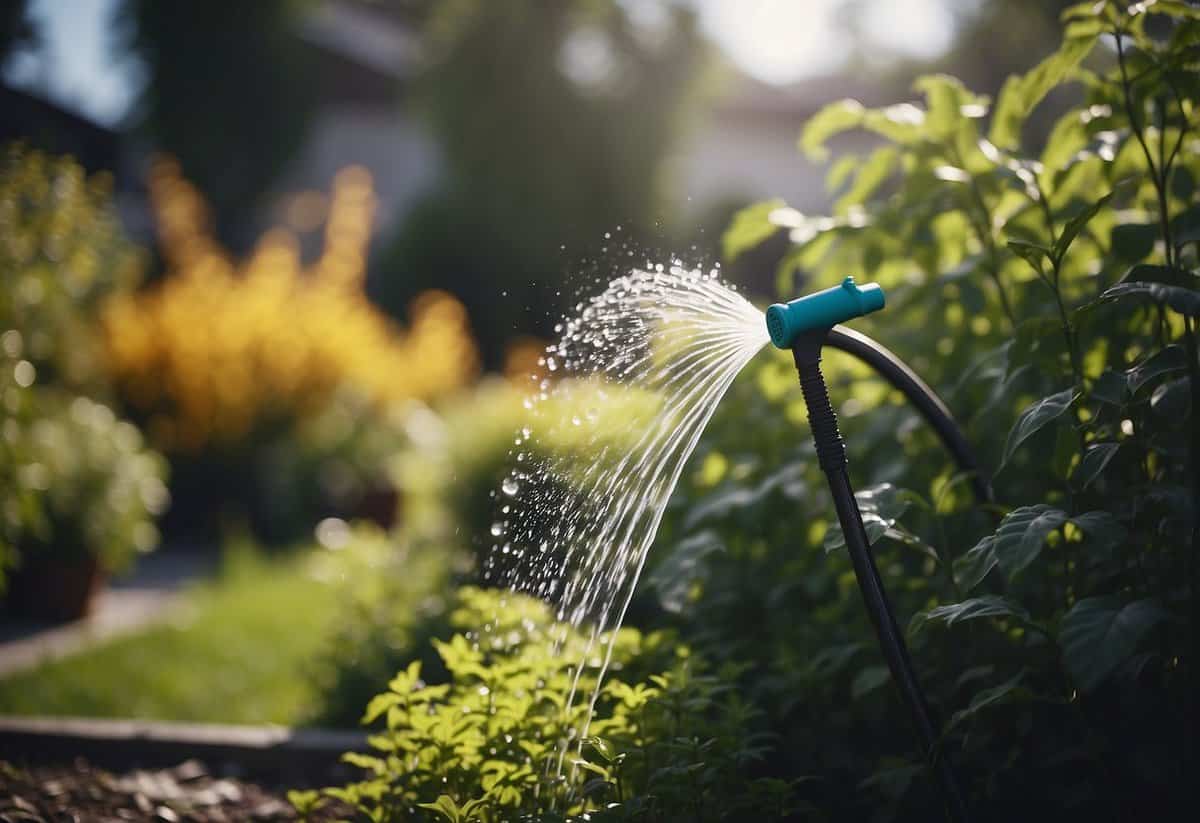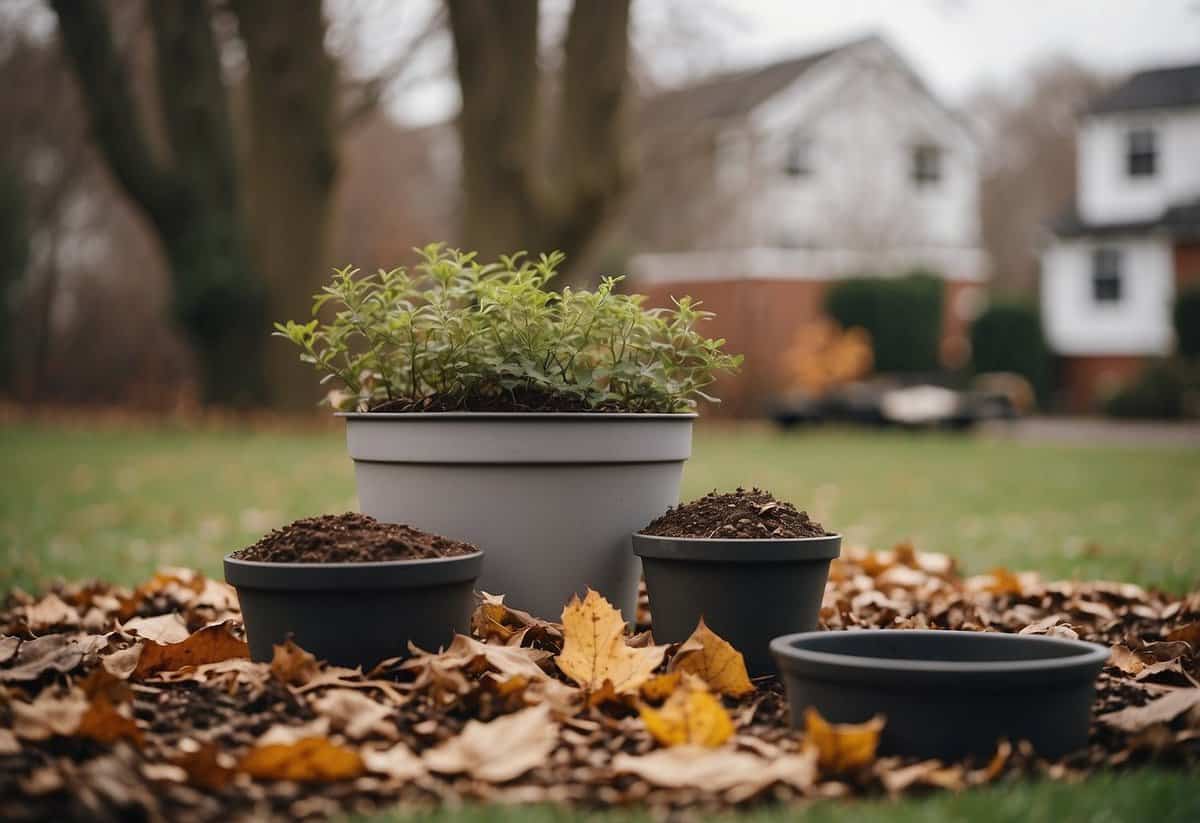Garden Tips Before Winter: Essential Prep for a Cozy Season
As winter approaches, it’s essential to prepare your garden to withstand colder temperatures. This seasonal transition can be critical for ensuring your plants stay healthy and ready to bloom when spring arrives.

By following a few simple steps, you can protect your garden from the harshness of winter. Get ready to learn how to keep your plants safe, manage your tools, and ensure your garden looks great year-round.
1) Plant Winter Herb Garden

During winter, you can grow herbs that thrive in colder weather. Some hardy options include rosemary, sage, and thyme.
Using a cold frame or greenhouse can help protect these herbs from frost. Indoor planting is also an option; many herbs adapt well to pots and windowsills.
Remember to check your herbs for pests before bringing them inside. Refreshing the soil can help too.
For outdoor plants, lay down a layer of mulch to protect them. Mulch helps keep the soil temperature stable and retains moisture.
Enjoy fresh herbs all winter long!
2) Mulch to Protect Roots

Mulching helps keep your plant roots safe from the cold. A good layer of mulch acts like a blanket, insulating the soil and keeping it warm.
Use materials like bark chips or straw for best results. These can help prevent soil erosion and keep weeds away.
Consider applying mulch before the first frost. Aim for a layer about 3 inches thick to allow moisture to reach the soil.
3) Clean and Store Tools

Start by scrubbing off any dirt or debris from your tools. Use a stiff-bristled brush or steel wool to get rid of stubborn dirt.
If your tools have rust, simply rub it away with a piece of sandpaper. After cleaning, wipe the metal parts with an oiled rag to prevent rust. Vegetable oil works well and is less toxic.
Hang your tools in a dry area to keep them safe from moisture. This will help them stay in good condition and make your storage space neat and tidy.
4) Aerate Your Lawn

Aerating your lawn helps it breathe and soak up water, nutrients, and seeds.
The best time to aerate depends on your grass type. Cool-season grasses like fescue and ryegrass should be aerated in early spring or fall. Warm-season grasses like Bermuda and zoysia do best with late spring aeration.
Make sure your lawn is not soggy before aerating. Mark any underground utilities or sprinkler systems to avoid damage. Then, operate the aerator like a lawnmower, making even passes across the lawn. For more about this, see aeration tips.
5) Prune Dead Branches

Pruning dead branches before winter helps your plants stay healthy. Remove branches that are broken, diseased, or dead. This increases air circulation and light penetration.
Use clean, sharp tools to make clean cuts. Cut at the point where the dead branch meets a larger branch or the trunk.
This process reduces the risk of pests and diseases spreading. This simple task will prepare your garden for a strong start in spring. For more details, visit your guide to winter pruning.
6) Plant Bulbs for Spring

Planting bulbs in the fall ensures a vibrant garden in the spring. Choose bulbs like daffodils, tulips, and hyacinths.
Bulbs thrive in sunny spots with well-drained soil. Dig holes about 8 inches deep for larger bulbs and 4 inches for smaller ones. Place bulbs with the pointy side up.
Cover them with soil, water well, and add a layer of mulch. For more tips, you can check out these planting tips.
7) Cover Delicate Plants

To help your delicate plants survive the winter, it’s important to cover them properly. Use materials like bed sheets or frost cloths to protect your plants from frost.
Drape the cover over the entire plant, making sure it reaches the ground to trap heat. Secure the covers with rocks or stakes to keep them in place. Adding a layer of straw under the covers can provide extra insulation, helping your plants stay warm even in the coldest weather. For more detailed tips, check out this guide.
8) Add Compost to Beds

Adding compost to your garden beds before winter helps improve soil quality. Mix compost into the soil during fall. This gives nutrients time to break down and enrich the soil.
For blooming plants, use compost as a mulch or mix it into the soil before planting. Spread a thin layer over your lawn after aerating in spring to benefit grass growth.
9) Water Thoroughly

Watering your garden well before winter arrives is crucial. Make sure to soak the root zone to a depth of 5-6 inches. This helps plants store moisture for the colder months.
Watering in the morning is ideal. It allows wet foliage to dry under the morning sun, reducing the risk of disease. This prepares your plants for the day ahead.
Consistency is key. Aim for watering deeply rather than frequently to encourage strong root growth. Check that the soil is moist but not waterlogged. This approach helps your garden thrive before winter hits.
10) Check for Pests

Before winter sets in, make sure to check your garden for pests. Look under leaves, around stems, and in the soil. Pests like aphids can be hiding.
If you find any, remove them by hand or use a natural pesticide. This can help prevent infestations when the weather warms up again. Taking care of pests now will keep your garden healthier in the long run.
Understanding Your Garden’s Needs

To prepare your garden for winter, it is crucial to understand the specific conditions and requirements of your garden. This involves checking the soil health and knowing which plants can survive the cold and which cannot.
Assessing Soil Health
Healthy soil is the foundation of a thriving garden. To ensure your soil is ready for winter, start by testing its pH levels. You can use a home soil test kit or send a sample to a local extension service. Most plants prefer a pH between 6.0 and 7.0.
After checking the pH, check for nutrients. Add compost or organic matter to improve soil structure. This helps retain moisture and provides nutrients. If your soil is too sandy or clay-heavy, consider mixing in amendments like peat moss or well-rotted manure.
Lastly, remove any weeds. Weeds compete with your plants for water and nutrients, and they can spread if left unchecked. Weeding now will save you time and effort in the spring.
Identifying Hardy and Tender Plants
Knowing which plants are hardy and which are tender is vital for winter preparation. Hardy plants, like kale and pansies, can survive frost and continue to grow. These plants usually require minimal protection. A layer of mulch can help insulate their roots.
Tender plants, such as tomatoes and begonias, cannot withstand cold temperatures. These plants need more care. You can either move them indoors or cover them with frost blankets. Potted plants should be brought inside or placed in a sheltered spot.
Making a list of your garden plants and categorizing them as hardy or tender can help you plan. This way, you know which plants need protection and which can handle the winter on their own.
Preparing Soil for Winter

To prepare your garden for winter, focus on enriching the soil with compost and protecting it with mulch. These steps help improve soil quality and ensure better growing conditions for spring.
Amending Soil with Compost
Adding compost to your soil before winter helps improve its structure and nutrients. Compost is rich in organic matter that enhances soil fertility.
Spread a 2-3 inch layer of compost over your garden and mix it into the top 6-8 inches of soil. This process increases microbial activity, which is beneficial for plant growth. You can use kitchen scraps, grass clippings, and fallen leaves to make your own compost.
If you prefer, buy compost from garden centers. Make sure to apply enough in late fall to give it time to break down over the winter, ensuring that nutrients are ready for spring.
Mulching for Protection
Mulching is essential to protect your soil from harsh winter conditions. It helps regulate soil temperature and moisture.
Apply a 3-inch layer of organic mulch like straw, wood chips, or shredded leaves over your garden soil. This acts as an insulator, preventing soil erosion and nutrient loss. Mulch also suppresses weed growth, saving you time and effort in the spring.
Choose materials that break down slowly to offer long-lasting protection. Remember to keep mulch away from the base of plants to avoid rot. With proper mulching, your garden soil will remain healthy and ready for planting when the warm weather returns.







